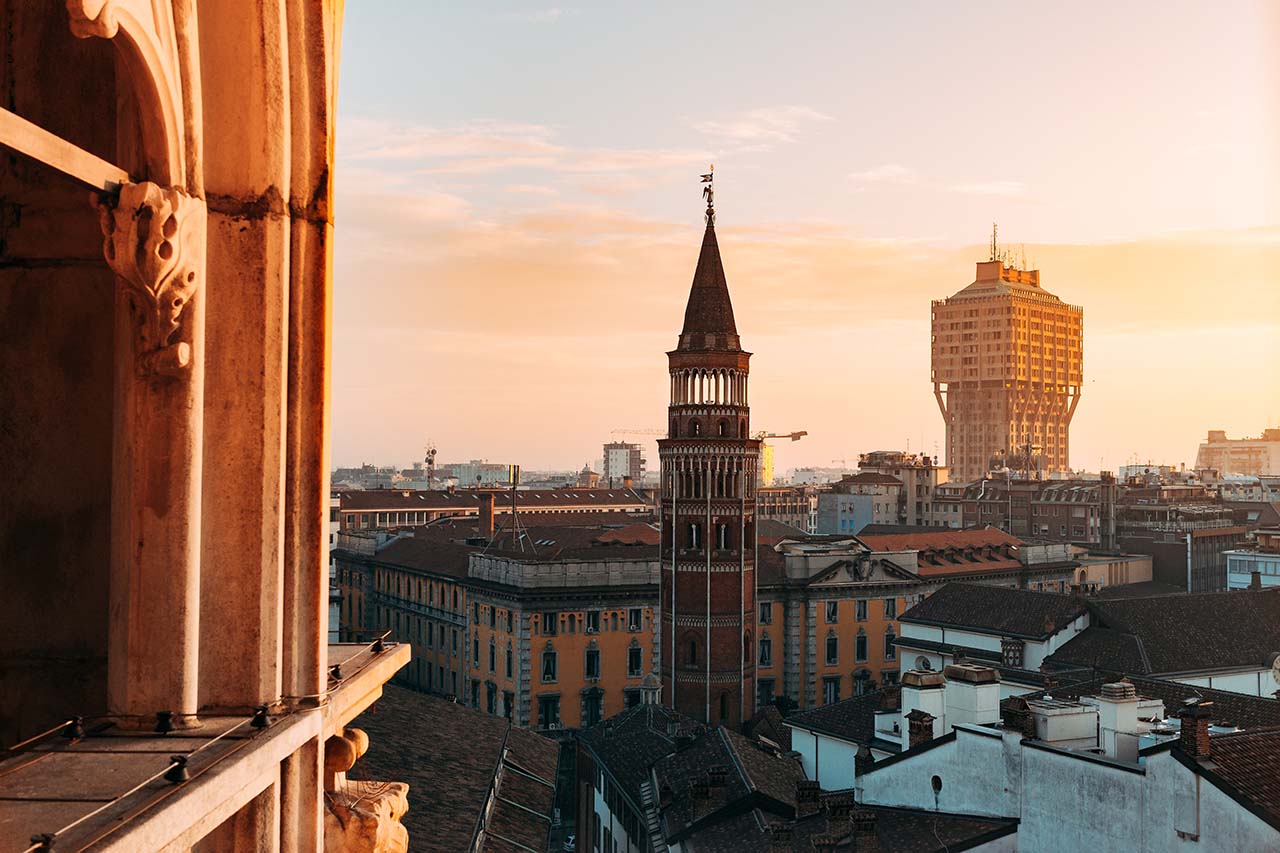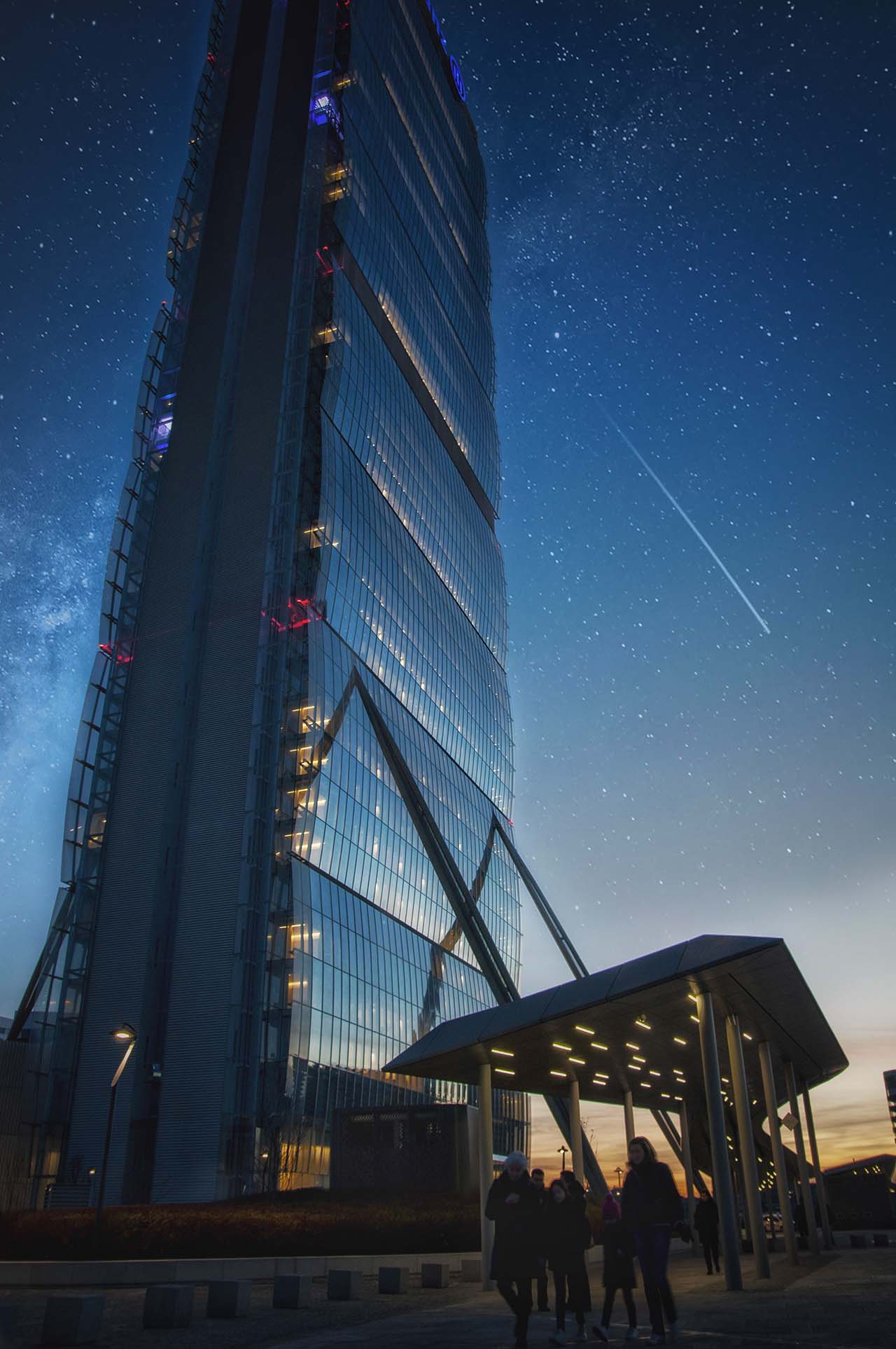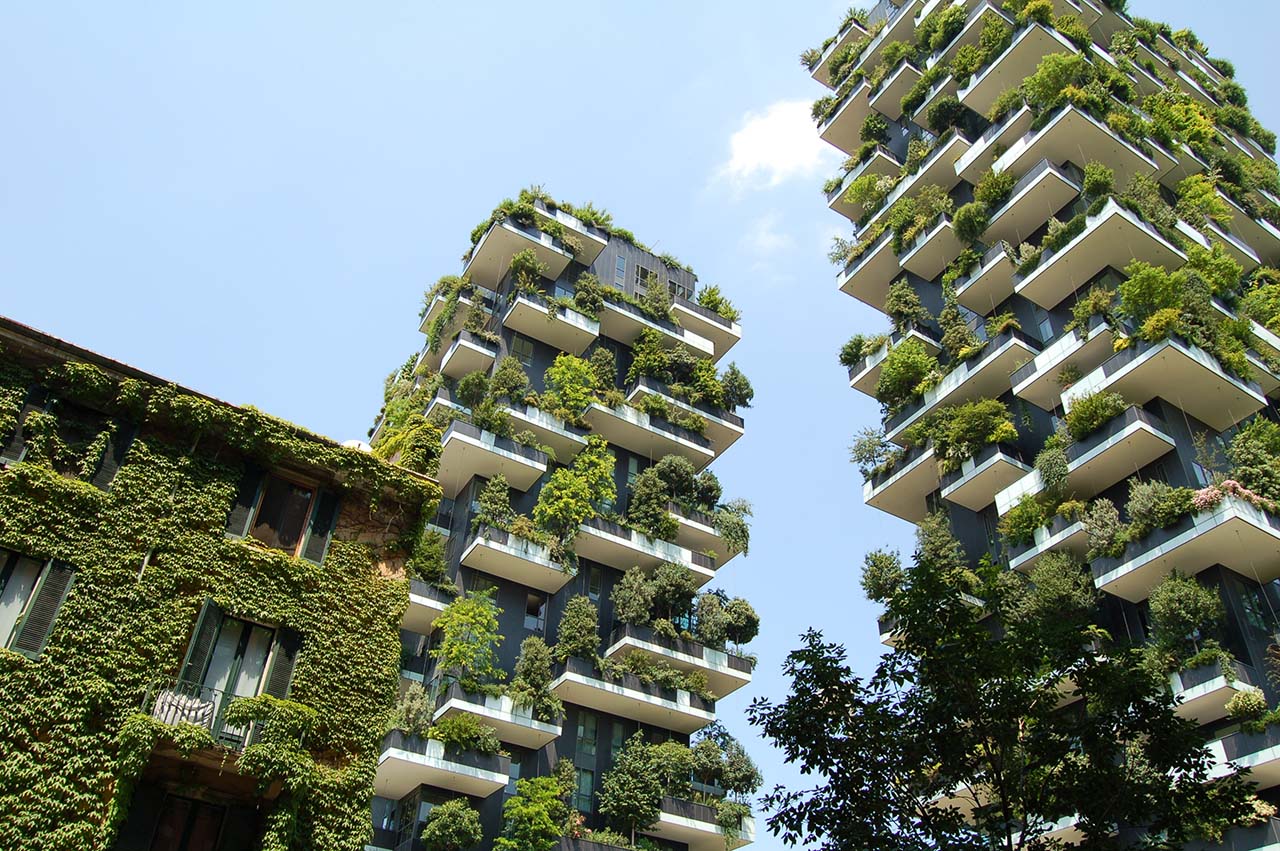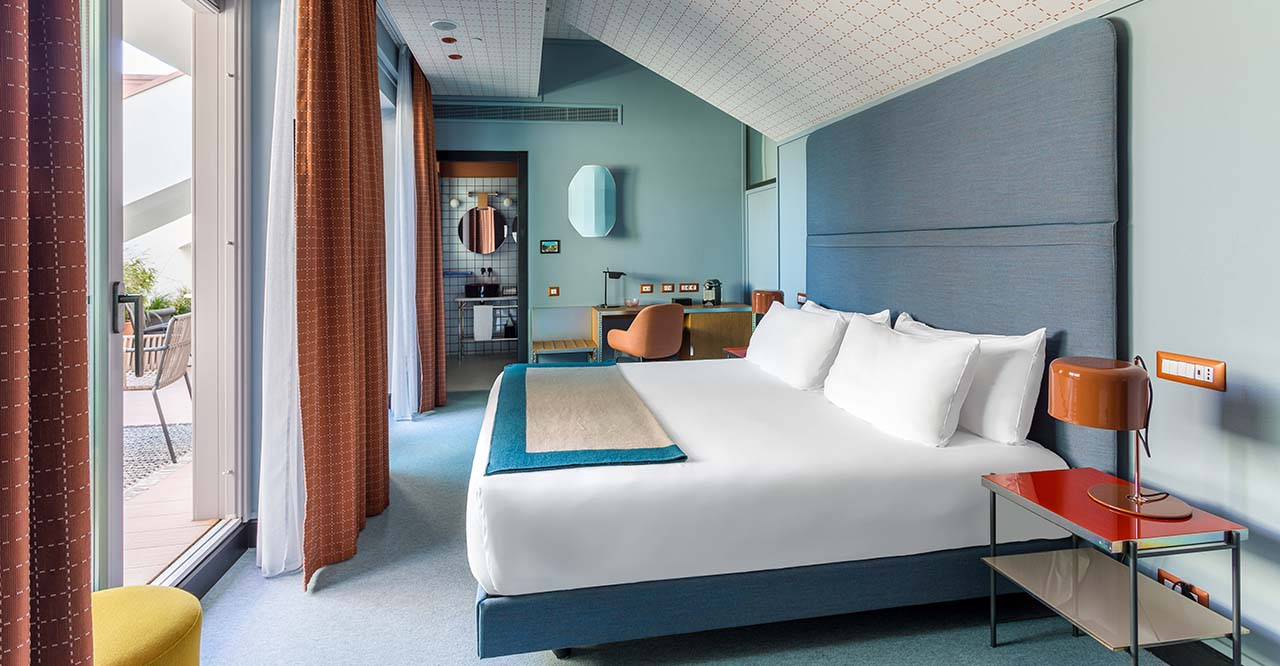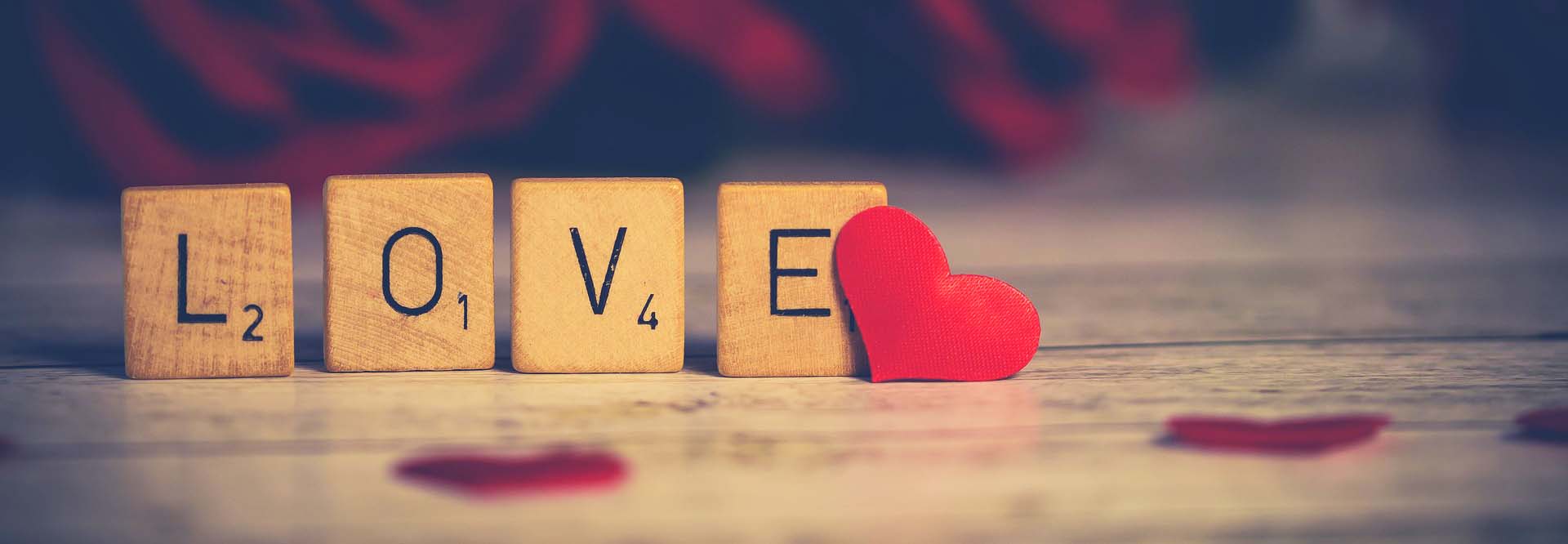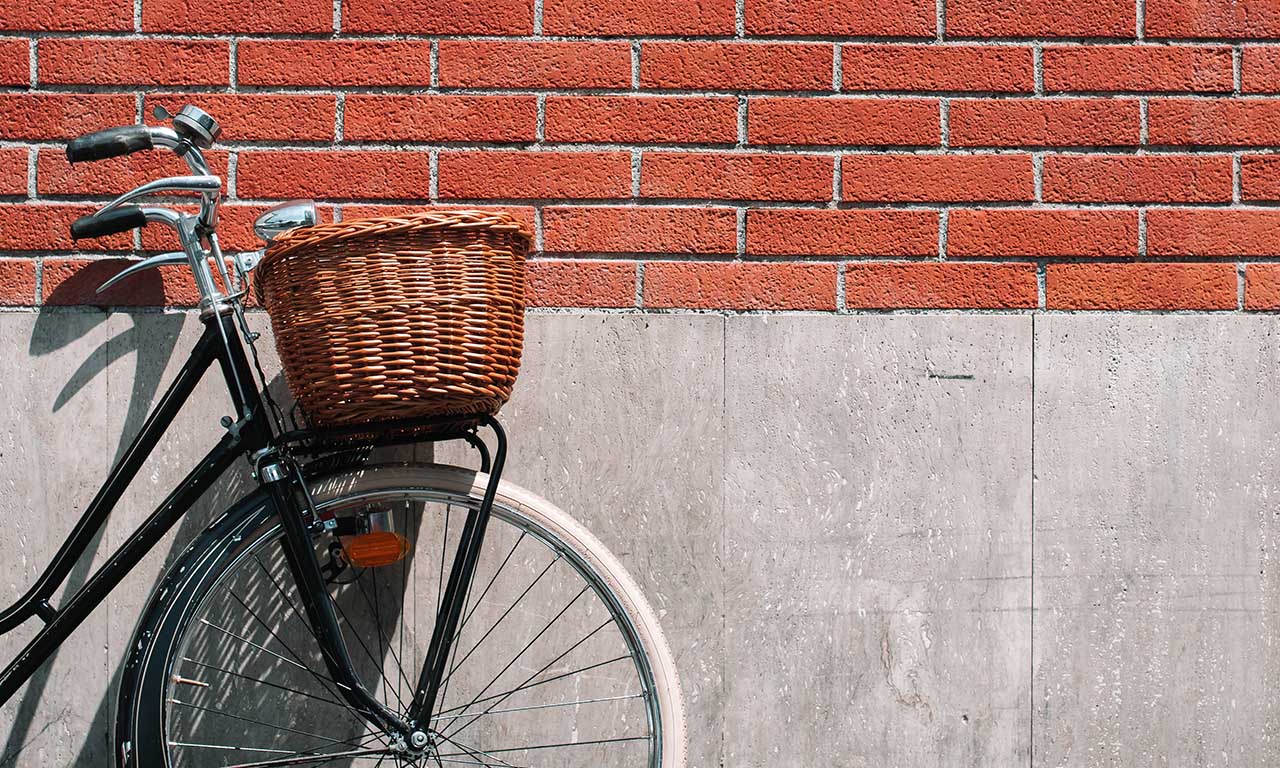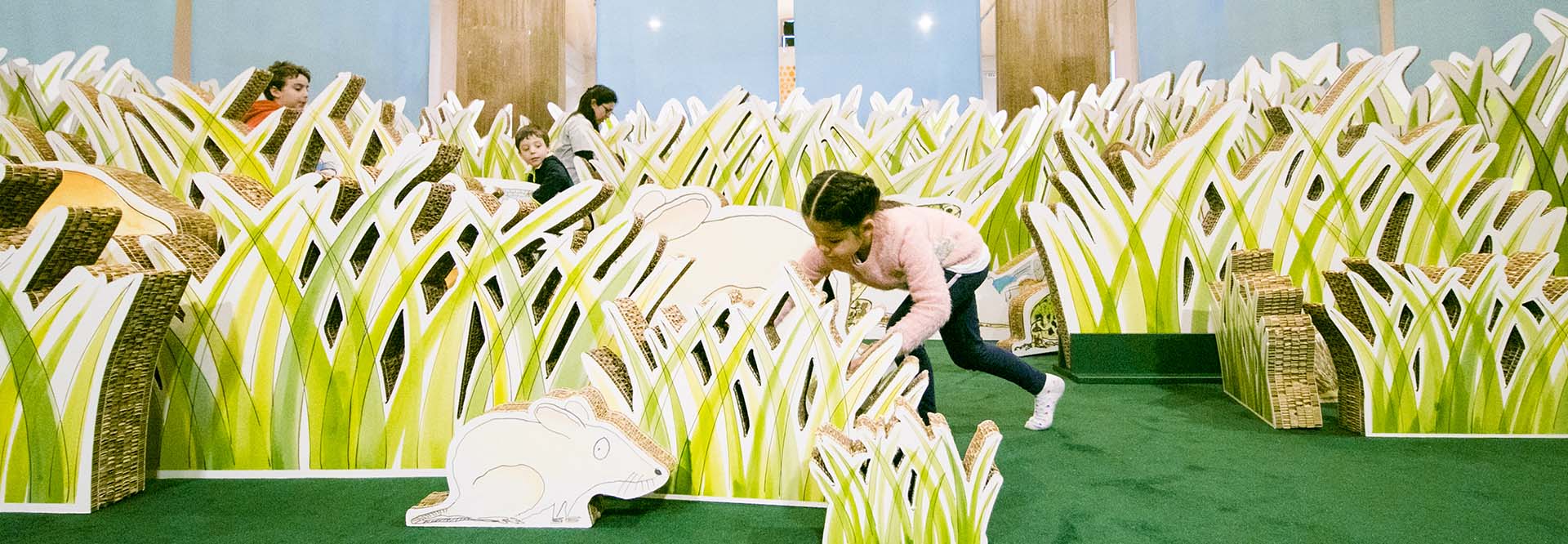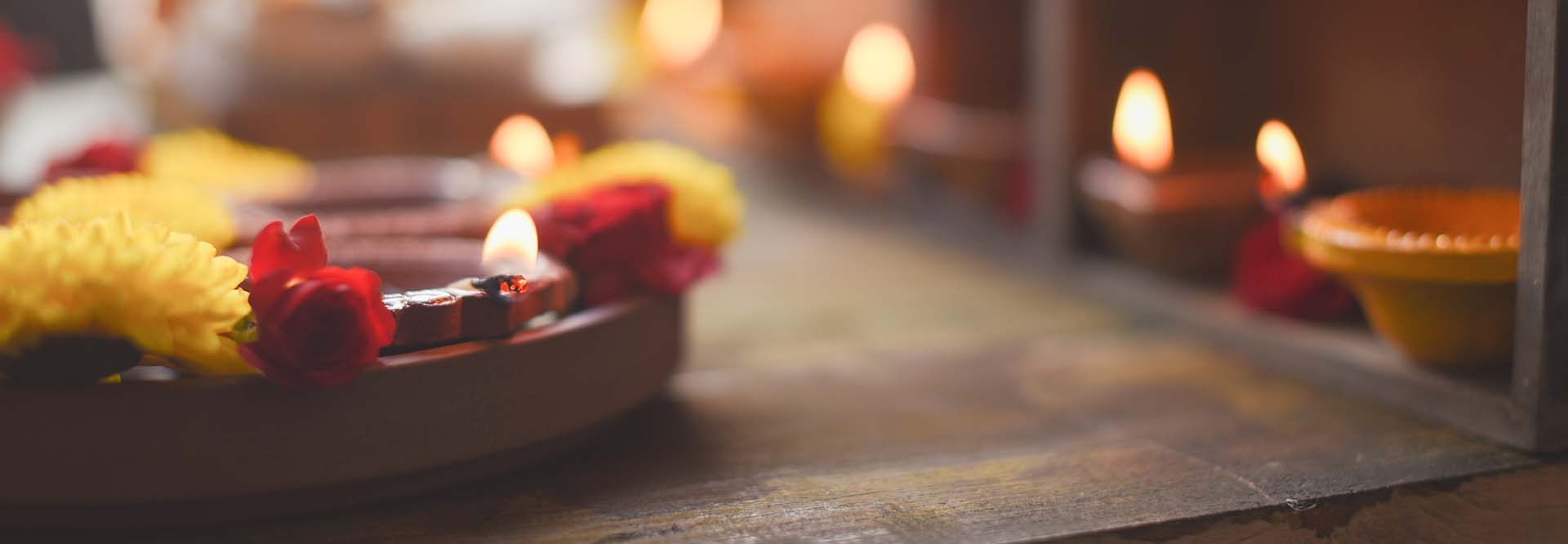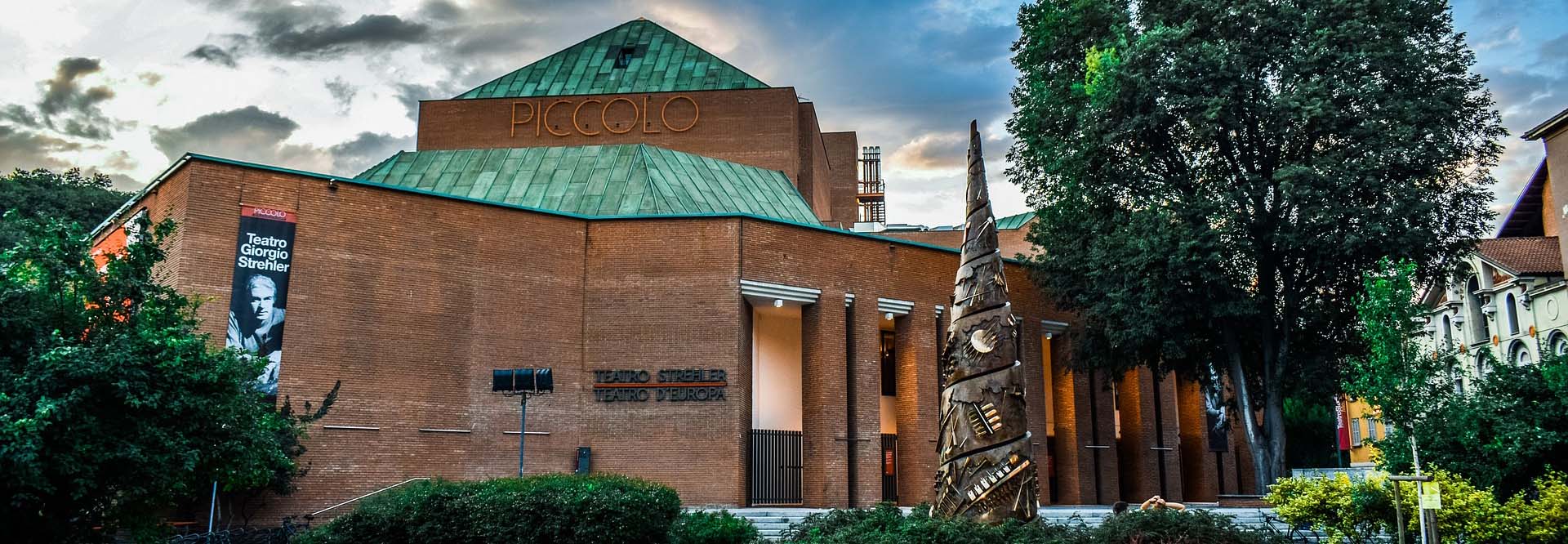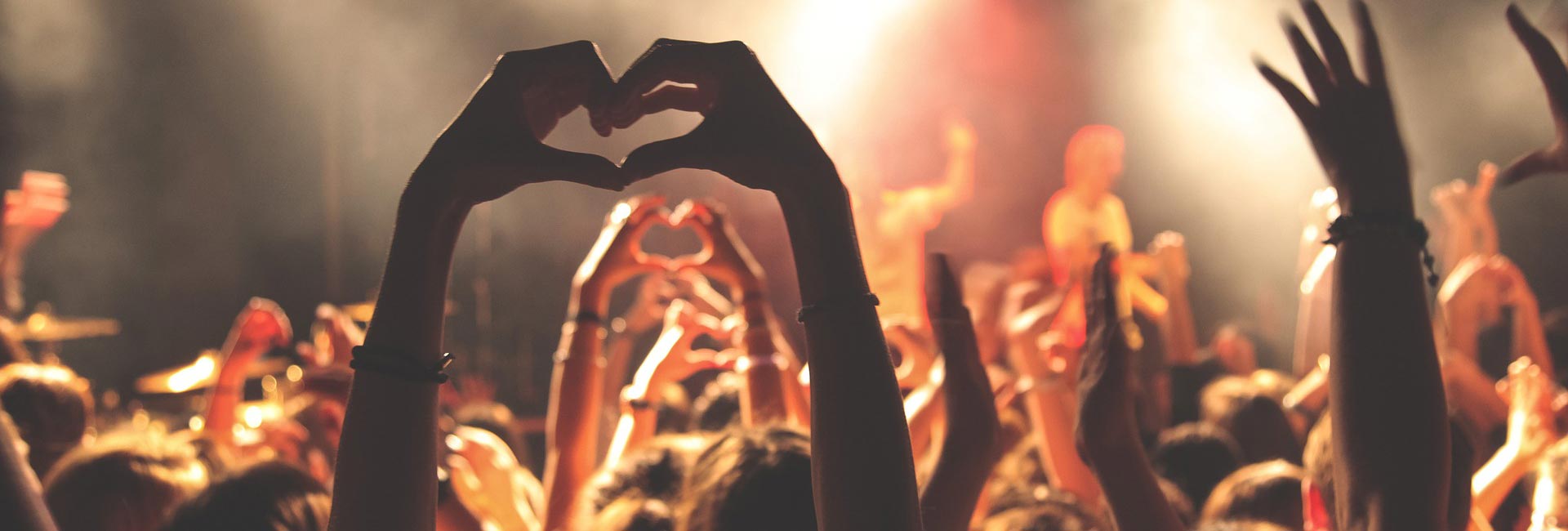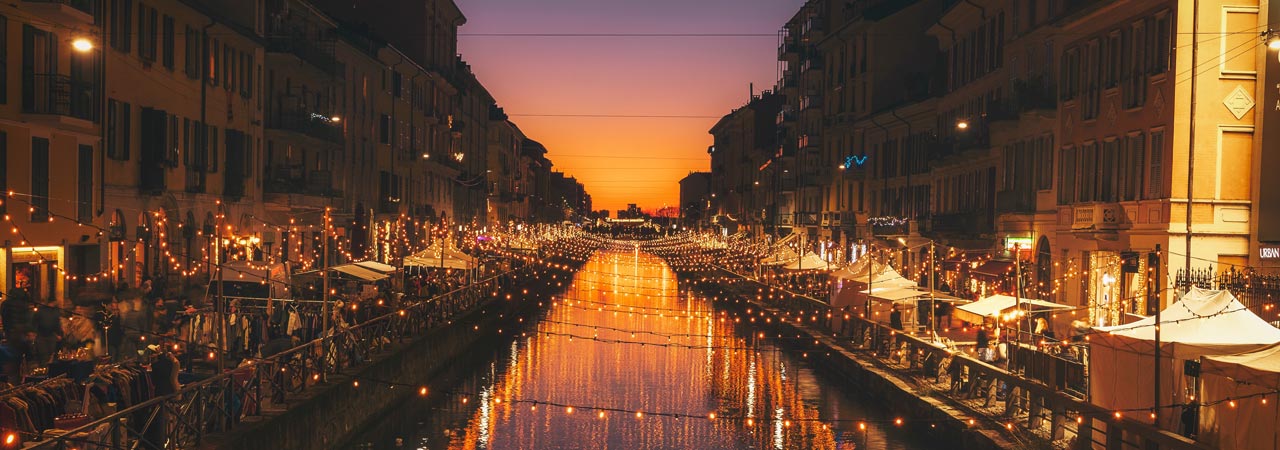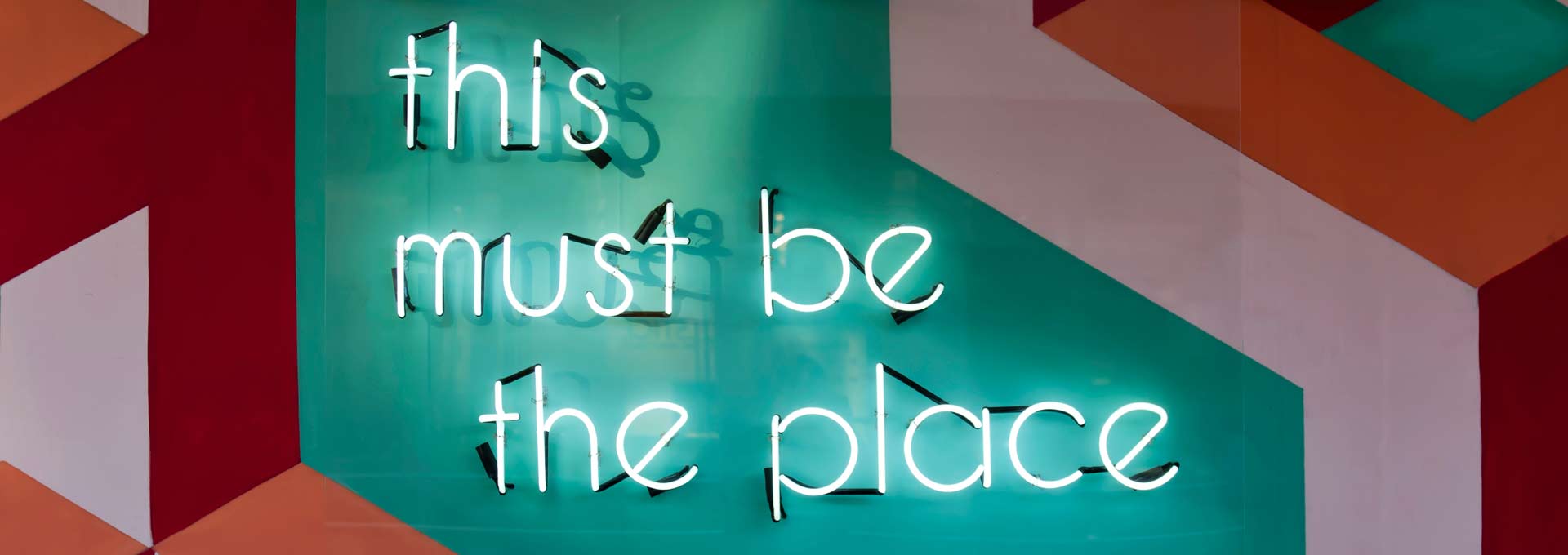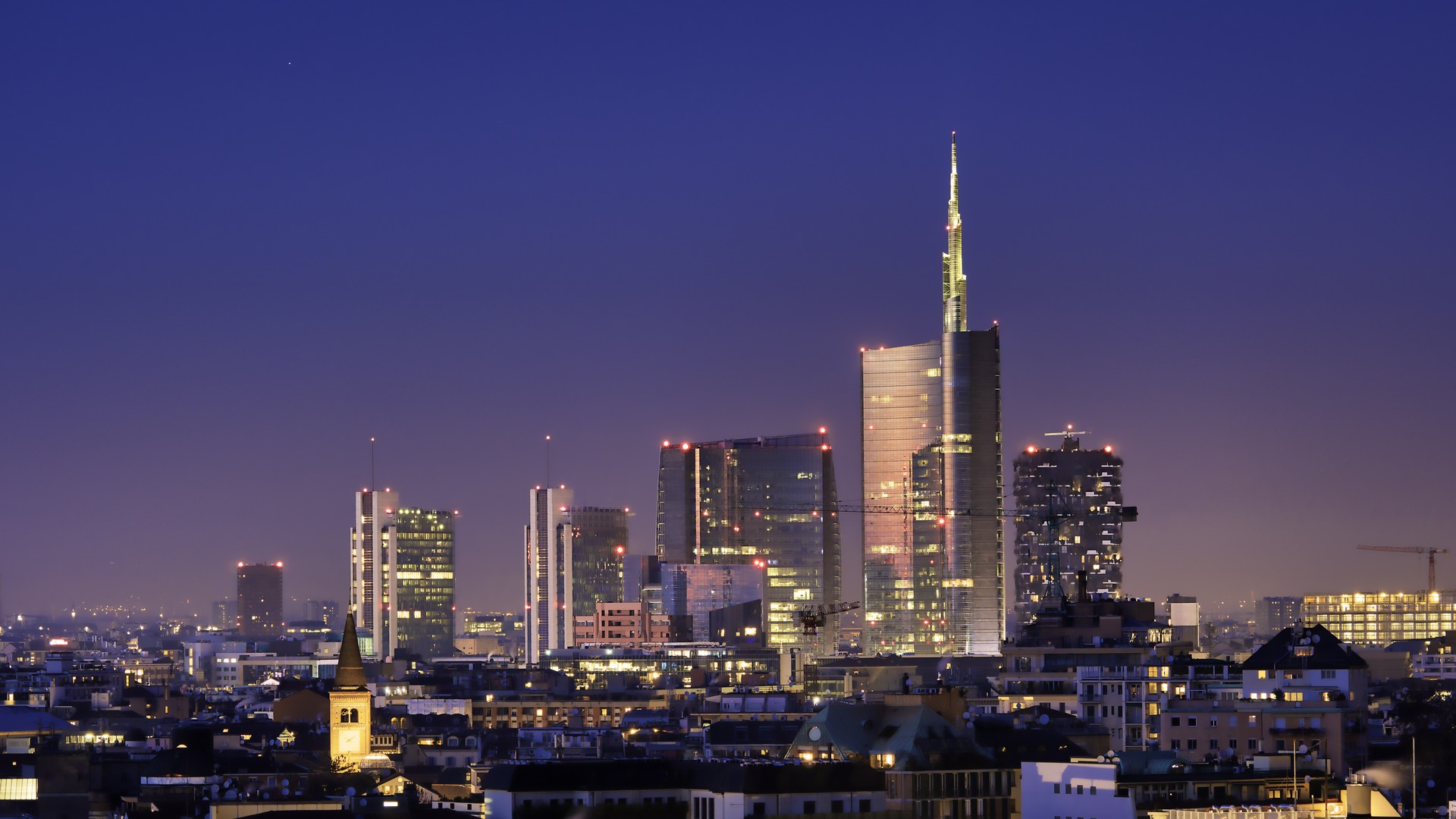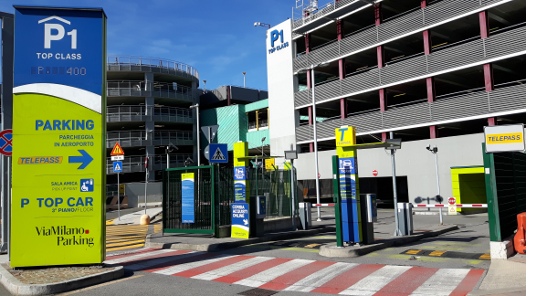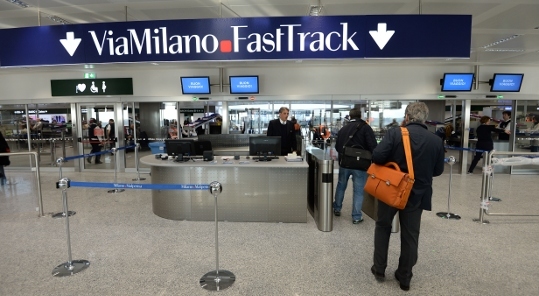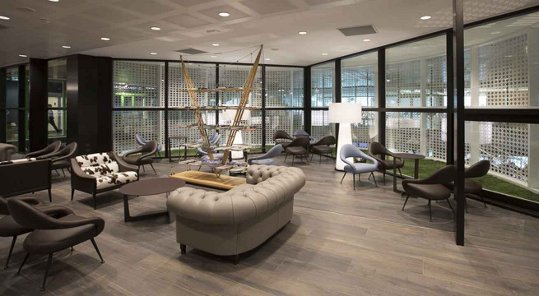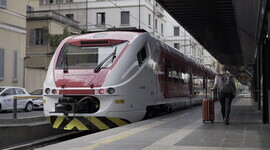Finding your way in Milan: a guide to the districts of yesterday, today and tomorrow
Milan is a lively and diverse city, where past and future mix with fluidity and elegance. We discover the story of yesterday, today and tomorrow with a guide to the trendiest districts.
Milan was founded by a Celtic tribe in a strategic place, at the centre of the biggest religious and cultural poles; the city had an important role in the Roman era and the Rinascimento (unification) and also showed its character by becoming prominent in the cultural world during the Renaissance and the birth of modern Italy. From the heart to the trendiest districts , it is easy to find your own space in Milan since there is a dynamic interaction between past and the future.
If Milan’s districts integrate with great fluidity and elegance, this is at least partly due to its unusual urban structure, which still strongly characterises the city’s mobility. Let’s take a short leap into the past, the here and now and the future by looking at the architecture of the historical centre and the most well-known districts of Milan.
The historical centre: the Roman, Mediaeval and Renaissance epochs
Milan’s layout looks a little like a bicycle: the historical centre is enclosed in the heart of the Cerchia dei Navigli, the ancient defensive fortification, while the Spanish walls (Cerchia dei Bastioni) and what is today commonly called the inner ring road separated the city from the rural areas, respectively in the sixteenth century and the late 19th century.
The stretches of territory contained between these rings and the “spokes” of the bicycle wheel, i.e. the main arteries that lead from the centre towards the outside, are called “sestrieri”, and the Gates and the customs posts which once allowed access to the city give their names to some city nerve centres. But let’s take a concrete look at how Milan has transformed and the architectural evidence that demonstrates this.
In the Roman era, the area of the present Santo Sepolcro church was home to the Forum: a walk in the environs of Via Meravigli reveals remains of the Imperial Palace of Maximillian and the Roman Theatre. The late Roman Empire emerges in all its beauty with the Basilica di Sant'Ambrogio or the Columns of San Lorenzo situated near the ancient Porta Ticinese, built in the Spanish epoch: these are jewels of Milan’s historical centre and integrate very fluidly and elegantly with the still more imposing works that were constructed in the late Middle Ages.
The Castello Sforzesco is certainly a symbol of Milan’s artistic heritage: built on the remains of a Mediaeval fortress, today it hosts museums, archives and events. In 1386 the first stone of the grandiose Gothic Cathedral, the Duomo di Milano, was laid. As it took centuries to complete the work on the Cathedral, it is easy to imagine that the work of conservation and restoration by the Veneranda Fabbrica del Duomo are, by definition, infinite.
Past and future in Milan are harmoniously balanced, for example in the contrast between the skyscraper of the Torre Velasca and the University of Milan, former site of the Ca' Granda hospital during the Renaissance. Another symbol of the busy architectural activity in Milan in the late fifteenth century is the canal lock system of the Chiuse di Leonardo, which made the Martesana canal viable and still today evokes the image of a teeming and charismatic Via San Marco.
“I whistle and you come to the fence”: Porta Romana, Brera, Ticinese and Navigli
To rediscover the magic of times past just take a tour around the Cinque Vie or visit the atmospheric district of Brera in Milan’s historical centre. With its Romantic atmosphere, Brera extends around the street of the same name and the University, and connects on one side to the Moscova/ Corso Como zone, perfect for those who like a bit of night-life, while on the other side it embraces the refined soul of prêt-à-porter Milan, the fashion district.
Among the most well-known districts of Milan, to the east there is the Porta Romana and the Porta Venezia: these elegant residential districts take their names from the old city gates and feature monumental arches and Art Nouveau buildings, as well as numerous bars and restaurants where you can sip an aperitif and organise a dinner. One of the most timeless parts of Milan is located halfway between these two areas: the Cinque Giornate zone is home to the workers’ village of Via Lincoln, composed of deliciously colourful cottages with plants and gardens, which give this little quarter the nickname of the “Milanese Burano”.
Even in ancient times the fulcrum of city life, Ticinese was always one of the most active and alternative zones of the city. With its numerous vintage shops and trendy pop-up stores, the Ticinese district welcomes visitors to the Milan canal - Navigli - zone.. A great nightlife attraction, with its distinctive “case di ringhiera” (tenements with each flat accessed via a common balcony gangway) and street art, the Sunday markets and many musical and social initiatives, the Ticinese/Navigli zone is a must-see for all visits to Milan.
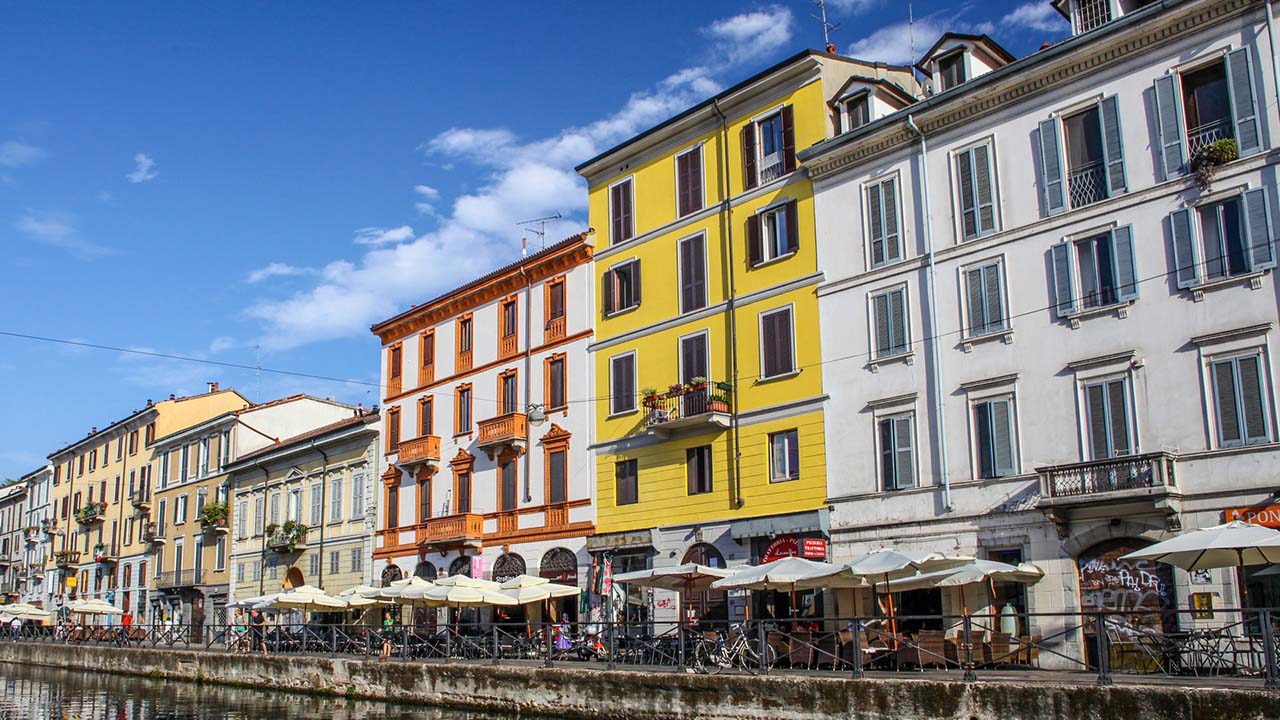
Isola, NoLo, City Life... the trendiest districts of Milan
To call them outlying districts would be offensive. In recent decades, zones such as Bicocca and Bovisa have been resurgent, in part due to the various universities that lie in the vicinity, attracting a growing number of students from all over the world. The same can be said for the southern districts of the city, revitalised by the presence of the Bocconi University, the Naba and the Prada Foundation, whose influence is regenerating the whole area.
Just a few years back this was solely a densely-populated space between the Milan trunk roads and the north of the city, but today NoLo, the district north of Loreto, is one of the zones that has seen considerable proliferation of bars and cultural movements.
One of the trendiest districts in modern Milan, able to marry past and future is Isola: an area confined to over the rail-track from Porta Garibaldi station, Isola has progressively attracted growing interest up to becoming a symbol of the rebirth of the working class districts and the new centre of social life in Milan. To contribute to the revaluation of this area, recent years have seen the building of the la Biblioteca degli Alberi (Tree Library) and the Bosco Verticale (Vertical Wood), which together with the new Lombardy Regional Authority headquarters have changed the city skyline.
New protagonists in this scenario include the Three City Life Towers, a project still in progress which demonstrates how elegance and experimentation are in the DNA of the Lombard Capital City. And that is not all: various urban re-greening projects are on paper for the coming years, as well as the recuperation of the old railway stations, among which Farini, Porta Genova and Porta Romana. It is clear that Milan past and future will continue to be a dynamic inter-marriage of ever-greater interest.
